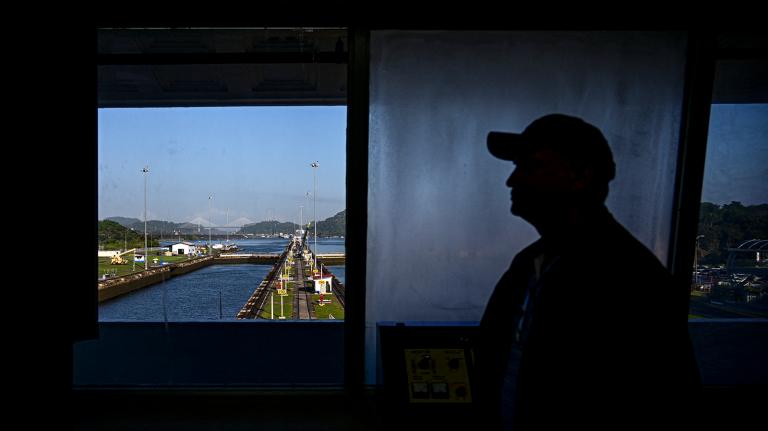Hansen offers his climate solution — two important actions and two “tweaks”:
When you are given a list of 101 things that you should do to save the planet, it is easy to get discouraged. Well, that way of looking at the problem, without some overall understanding, is discouraging! Moreover, you would need to convince everyone else to do all those things! Fat chance of that. Even if you convinced a very large number of people, the net effect would be to reduce the cost of oil (and other fossil fuels). With dirt cheap fossil fuels (they are already cheap) do you think that there is not someone in the world who will burn them?
I am not discouraging you from individual good deeds. Those will be a part of the solution, and they will be helpful in the upcoming critical battle with special interests, if we succeed in finding a leader with the guts to “go to the mat”. However, the deeds should be recognized as part of a workable strategy, a strategy that gets everyone to participate, not simply a drop in the bucket.
The solution is two plus two: two important actions and two “tweaks.” By far the most important action is “coal” solution, specifically an immediate moratorium in the West (developed countries) on new coal-fired power plants without CO2-capture, and phase-out of such existing power plants (or installation of carbon capture) over the next several decades. Within a decade or less a similar moratorium will be needed in developing countries.
The moratorium cannot wait until agreement is achieved for actions by developing countries, and there is neither moral nor practical justification for waiting. Climate change is determined by cumulative emissions. The United States, for example, is responsible for more than three times more global climate change than is China. On a per capita basis, U.S. responsibility exceeds that of China by an order of magnitude. And the total responsibility of Europe exceeds that of the United States. Future economic benefits of prompt technology development and reduced fossil fuel use vitiate any arguments for delaying action.
Once the West stops building additional old-fashioned coal plants that do not capture CO2, it will be possible to negotiate a halt in such plant building in developing countries. Cooperation of developing countries is likely because they would suffer more from large global climate change, and their regional environment has the most to gain from reduced pollution. Also their economic incentive to construct old-style dirty coal plants will decrease as they realize that these plants must be “bulldozed” within the next few decades.
The second important action required is a gradually rising price on carbon emissions, in the form of a tax, cap-and-trade, or some combination. Why is a rising price necessary, why not just burn oil and gas quickly? It is important to “stretch” oil and gas supplies because energy transitions take time. An increasing carbon price is needed to wean us off fossil fuels, to break the oil-addiction, to develop technology for a clean-planet future, to push us to higher energy efficiencies. Improved efficiencies will be essential in the “beyond petroleum” era. If we do not get on such a course, when “peak-oil” is reached we will be driven to planet-destroying actions such as squeezing oil out of coal, cooking the Rocky Mountains to drip oil out of tar-shale, or other brainless actions of a staggering, dangerous addict. Even a moderate carbon price, but one that businesses realize will be rising, will discourage going to the ends of the world (Antarctica, deepest ocean, Arctic National Wildlife Refuge, etc.) to squeeze out every last drop of oil. Given that we must eventually find a brighter future, with clean energy, high efficiency, and pollution-free air and water, why not get there sooner, rather than later?
In addition to “dirty-coal phase-out” and a carbon price, only two “tweaks” are needed to stabilize climate. The “tweaks” are easier actions that are not as likely to encounter resistance from special interests. The tweaks are needed, because readily available oil and gas will probably push CO2 somewhat beyond the “dangerous” level. Tweak 1: reduce non-CO2 forcings (methane, tropospheric ozone, and black soot); reducing these forcings can have a significant impact on the “permissible” CO2 amount, as quantified in “Greenhouse gas growth rates”. Tweak 2: it may prove necessary to draw some CO2 out of the atmosphere; this will be feasible by burning biofuels in power-plants with sequestration, provided that we only slightly overshoot the “permissible” CO2 level.
This four-point strategy to stabilize climate is described further in Congressional testimony and a paper (“How Can We Avoid Dangerous Human-Made Interference with Climate“).

